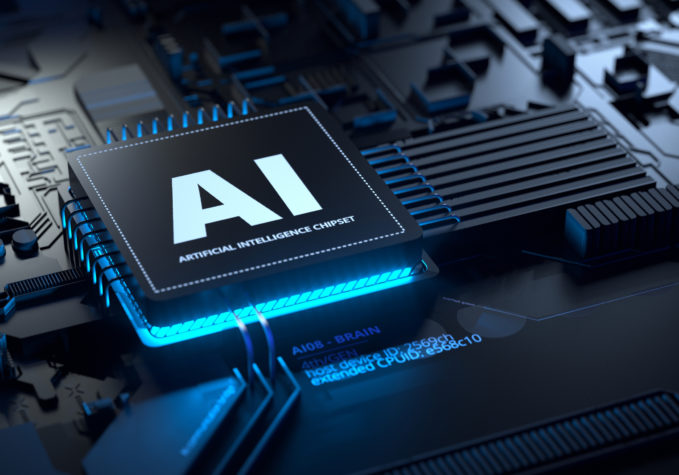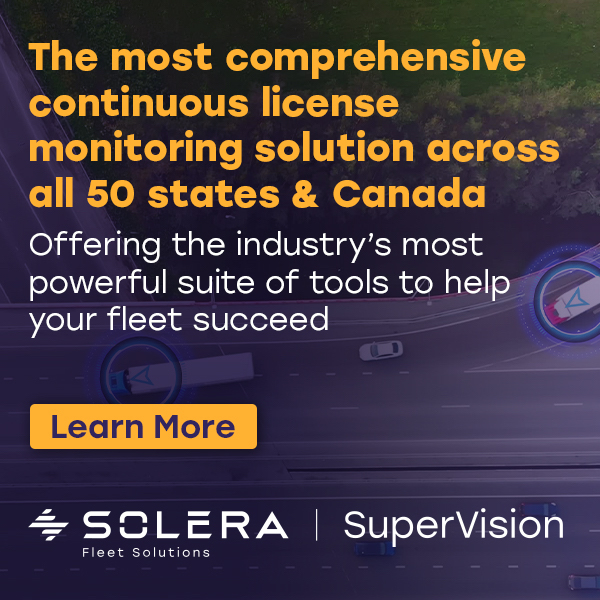
By Ed Pierce, Contributing Editor
June 20, 2022
 Fleet Management Weekly had the opportunity to speak with LeasePlan’s Greg Buckland, Chief Information Officer (CIO), to learn more about how LeasePlan is applying technology to enhance its services and to gain his perspective on what fleet managers can expect from future AI applications.
Fleet Management Weekly had the opportunity to speak with LeasePlan’s Greg Buckland, Chief Information Officer (CIO), to learn more about how LeasePlan is applying technology to enhance its services and to gain his perspective on what fleet managers can expect from future AI applications.
As Chief Information Officer, Greg leads the company’s efforts to develop and implement business and IT strategies that drive a digital transformation affecting product development, digital engagement, and product management.
Can you describe the process for applying technology to enhance your fleet management programs and services?
Traditionally, when you consider a change in technology, you do it to make something more secure, faster, automate a process or eliminate obsolete technology. Our changes are being made through the eye of the customer and their experience. Any technological change is intended to provide what the client needs in a frictionless way with the greatest level of scalability and efficiency. We not only look at how we deliver services, but which services our clients really need and ask ourselves if a completely different product or model can better solve the problem. This requires not only a technology change, but also a mindset change.
These changes affect the traditional ways of communicating with clients, too. Because one size doesn’t fit all, we must customize interactions to meet individual preferences through an omnichannel effort. Customized interactions vary with roles, age, comfort with technology, and client preferences. We also want to make it easy to pick up the conversation at any point even as communication sources shift.
How else can technology improve the way LeasePlan serves its clients?
Departmental interactions are another area enhanced by technology. As we implement new solutions, our teams need to work off of the same data set and overall ecosystem. This requires each process step to provide clear hand-offs so that there’s no doubt about where they’ve left off and what’s remaining to fulfill the objective.
The more we can automate the steps, the more efficiently and consistently the tasks will be completed. If we can’t automate a particular step, we need to adapt the technology to serve human interaction. In addition to providing the necessary controls and tracking mechanisms to ensure transparency, technology must support each step of that process so that our team members can relay the right information back to our clients.
How do you introduce new technology while keeping your clients’ operations running smoothly?
We use an agile methodology to continuously adapt and develop enhanced solutions. For example, we release functionality as it becomes available through design, development, and testing. Then, as we release new functionality, it’s designed to turn off the old capabilities being replaced. This allows us to constantly release new technology that works with both previously released and soon-to-be-replaced technology. All of this is possible thanks to the high degree of coordination of our quality team and change management team to minimize disruptions.
Can you give fleet managers a rundown of applications for AI – today and tomorrow?
I’d begin by mentioning Elle, our voice-enabled digital assistant that answers drivers’ questions about how to use our services. Developed in 2018, Elle was our initial introduction into the world of AI. It continues to be an engaging and effective driver medium.
The second solution was launched in May 2020. That was an AI machine learning application focused on maintenance and repair processes focused on getting our drivers back on the road faster. In order to create this solution, we took five years of our mechanics’ decision-making regarding approvals, disapprovals, and price negotiations with different suppliers.
We then created a machine learning model that could make those decisions on digital transactions without human intervention. This precipitated the need to also increase our percentage of digital transactions to gain full access to the value of the AI solution. Focused attention on this resulted in a 330% increase in digital transactions.
Perhaps the most remarkable effect of this AI solution is that it increased our system decisioning rate with machine learning by almost 700%. We then were able to scale at a remarkable rate without sacrificing efficiency or affecting cost controls. This has allowed us to continue to provide cost avoidance to our maintenance clients while getting the driver back on the road as quickly as possible.
As for future applications, we see AI enhancing our real-time consulting capabilities. Through machine learning, we can be more responsive, even predictive, in helping customers select vehicles by relying on connected vehicle data to understand the driving behavior. AI will also enhance financial solutions and measure fleet efficiency.
What can fleet managers expect from fleet management technology near-term and long-term?
In the long-term, there will be huge differences in how a fleet manager interacts with an FMC. It will look more like the B2C interactions of Amazon and Google. Technology will play a bigger role in how we interact, communicate, and make decisions as digitization streamlines and improves operational efficiency.
I believe that most fleet managers want greater transparency into what is happening and how fleet management companies are solving problems.
Can you sum up for fleet managers how LeasePlan and its technology will serve its clients in the future?
While we always want to learn from the past, we won’t determine our future solely from the past. Our clients want innovation. They want a collaborative, measured sharing of ideas that can be implemented at the right time with partners who are change agents, driving the business forward. This is how LeasePlan wants to partner with fleet managers going forward to help make a difference in their business.




